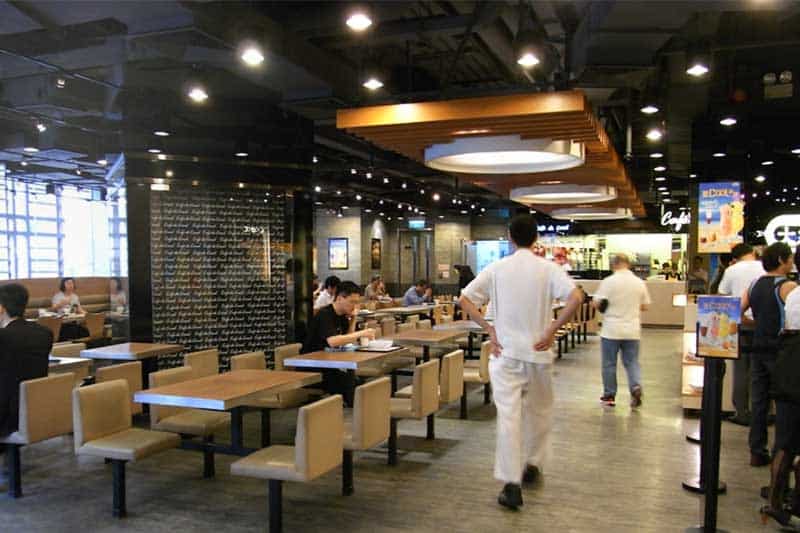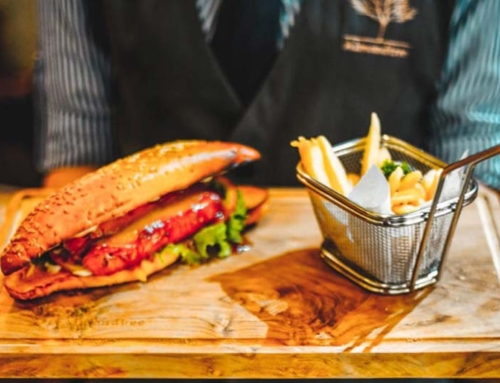Some restaurants seem to work seamlessly from the beginning while others buckle under the stress of opening which can lead into weeks or even months of teething problems. If you’re lucky, your customers will cut you some slack with an “it’s okay, they’ve just opened” comment. That sympathy won’t last long though and is ideally avoided all together. So how do those restaurants do it that seem to have everything together right from the start?
To start, let’s look at three key focus areas for your first week of a new opening.
For the purposes of this article, we’re going to assume that you have already completed most of the hard work in setting up your restaurant, recruiting staff, developing your concept and menu and have got all necessary licensing in place. We’re going to jump straight ahead to the point where you’re ready to open your doors and think “What now?”
Soft Opening
In reality, no one gets it completely right the first time. There are simply too many working parts and variables in a restaurant for a flawless opening which is why experienced operators will opt for a “Soft Opening”. There are many ways to do this but in essence, a Soft Opening is a chance to test run your restaurant with a limited number of guests (often friends and family) with the understanding that things can (and probably will) go wrong. Their job is to enjoy themselves and give you feedback on their experience.
Some restaurants will carry out several Soft Openings, inviting progressively more guests or testing different sections of their menu. The food can be free, at a reduced price or even full price. The choice is yours and will depend on exactly how you structure your Soft Opening.
It is important to:
- Get proper feedback from these openings so it could be advisable to ask guests to fill in a short questionnaire on their experience.
- You and each manager should take an overview of the areas, staff, and process and make notes. Review these notes together after the soft opening so you’re all on the same page
- These, combined with staff feedback and your own observations should allow you to compile a list of problems and areas for improvement as well as give an indication of what worked well.
These problem areas must then become a priority to improve on before you welcome the public. Designate a team member to each problem, identify and allocate resources that might be needed and follow up on each item until you are confident the problem has been solved.
Staff training
In an ideal world, staff would be undergoing training weeks or even months before the opening. Chefs would be testing recipes, bartenders would be learning cocktail lists and everyone down to the sculler would have a chance to familiarize themselves with their new workplace.
The reality however is often quite different. The seemingly endless procession of delays and stresses often associated with a new opening can result in staff not getting nearly enough time to prepare themselves or their workplace for the opening night rush. In some cases, staffing might not even be finalized until the last minute.
As a result, staff training can be a challenge during a new opening but one that is vital to overcome. As the frontline of your business, it is extremely important that staff make a good impression from the start. Guests might forgive smaller issues in the beginning but untrained staff and poor service are less easy to overlook.
Start by ensuring you’ve finalized the team well before the opening date.
Then get the entire team together, from managers to scullers, even if it’s in another venue. They need to get to know each other and you need to get to know them.
Work through the service procedures and develop systems as a team.
- How is the table numbering system going to work?
- Who is working which shifts on opening week?
As insignificant as these things might seem, they all need to be done and it’s your choice if you do them a week in advance or five minutes before opening. I’ll leave you to guess which option ends in a better result for your restaurant’s service levels.
- Training should be an ongoing part of your team’s work lives and it is important to instill this from the beginning. Make sure you have a training program prepared and ensure all staff have worked through it prior to opening.
- Training should overlap between pre-opening and post-opening phases. It’s helpful to train on a hypothetical scenario but the actual problems that arise during your Soft and Grand Opening phases will need to be addressed with further training in the relevant areas.
The other unfortunate reality is that staff turnover in the restaurant business is notoriously high. Some operators get it right and manage to hang on to long-term staff but the chances are that many of the team that open your restaurant will probably not be with you after the first few months. So no matter how knowledgeable or well-trained you think your team is now, you need to be prepared to replace them. Therefore putting in place good training and induction programs from the start is the key to continuity in your service.
Marketing
So your doors are open but there’s no one coming in? Unless you have the budget for a dedicated marketing team, advertising is often pushed to the bottom of the priorities pile and it’s only once the lack of customers is noticed that it becomes an urgent task. It is important to begin marketing prior to opening your doors to build a degree of anticipation and account for the inevitable lag time between a customer finding out that your restaurant exists and when they actually decide to make a reservation or walk in.
Therefore it is a good idea to put a marketing plan together well before opening and allocate a person (or team) to working on this plan. Ideally, a marketing plan should cover the following:
- Research and Planning: Who is your target market? What do they want? What are the best channels to reach them through? How will you keep them coming back?
- Channels and Platforms: Your website needs to be designed and developed, social media channels need to be set up and administered, print ads need to be designed, mailing lists need to be compiled and emailers sent.
- Promotions and Specials: Look for special events or holidays coming up in the next few months that you can capitalize on. Decide what (if any) specials you’re going to run during the first 2-3 months of operation.
- Budget: How much can you afford to spend on marketing? Don’t forget to budget for digital ads (Google AdWords, Facebook advertising, etc.) and key items like good photography of your food and restaurant.
Takeaway
- Prepare your staff thoroughly and early.
- Practice with a soft opening to fill any holes in the process and iron out any wrinkles
- Create a detailed marketing plan for pre- and post-opening





